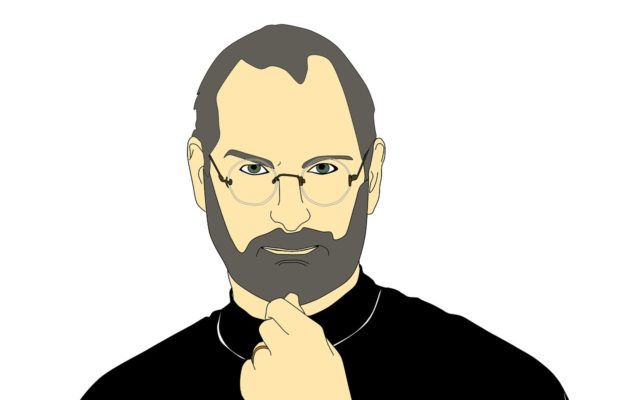Steve Jobs would have been 62 today, but in the short time he was alive he changed the way people thought about technology, perhaps more than any other individual. Not only did he change the perception and use of technology, he also had some very strong views on innovation and the role technical innovators have in the modern World.
“You can’t just ask customers what they want and then try to give that to them. By the time you get it built, they’ll want something new.”
Whilst examining the views of great minds, Mark Twain once observed that “the radical of one century is the conservative of the next”, indicating that original and radical views become normalised over time.
In these days of high speed change, are we now at the stage where Steve Jobs’ original view should become the norm? Should all technologists strive to not only meet the business requirements of an organisation but to help shape those requirements by finding new technological approaches to problems or opportunities that the business itself has not yet recognised?
There has long been a mantra in IT Services that IT should ‘align’ with the business and, these days, it is a rare IT function that doesn’t adopt that approach but the nature of IT is changing and now business units are buying and consuming technology directly and much of the IT Department’s function now revolves around providing the infrastructure. There has been long standing contention between the function of IT, which is often seen as a constraint, and the function of business units who want a variety of technical solutions that often don’t fit with ‘corporate standards’.
This contention can continue but will, as all contentious matters tend to, reach a point of impasse or it can be relieved by encouraging the business to explore technological solutions and determine how they can add value to their activities. In return, the IT function should be encouraged to explore technological options too and bring them to the board table. However, this in itself raises an interesting dilemma: How will the IT Department identify those options that are valid within their business context when they are often excluded from business strategy? (until some form of technical enabler is required at which point they are engaged and instructed to ‘align with the business’).
What is needed is a change in skills and perception. The IT Department must better accept that many ‘non-techies’ do, in fact, have strong and viable views on technology and the business must begin to appoint IT Leaders who are business aware first and technically aware second. The emphasis in IT needs to shift towards the ‘I’ and accept that the ‘T’ will come from a variety of sources and this need not matter.
Chief Information Officers are a rising group in terms of numbers but many CIOs are, in reality, IT Managers with a ‘T’ first approach. Often an effective CIO is an outsider to the operations of an organisation, a Consultant role that understands a sector or vertical market from a business perspective or who has a horizontal understanding such as Finance, Human Capital or operational experience but is also very cognisant of new and emerging technologies. Such people are highly experienced in seeing ‘the gap’, the ‘thing’ that can catapult a business forward. They examine the emerging technologies and understand implicitly where those technologies can enhance a business but because they have a business background they can articulate this in terms that the Board will understand.
Steve Jobs created the World’s biggest company by examining the possibilities, seeing where they would improve the effectiveness of people’s lives and then delivering them in a simple, elegant form.
Most CIOs may not have the design flair of Steve Jobs, but the best of them have the vision and the ability to see how emerging technology can drive change in an organisation.
Article by channel:
Everything you need to know about Digital Transformation
The best articles, news and events direct to your inbox
Read more articles tagged: Change & Transformation, Featured, Leadership, Organisational Design






